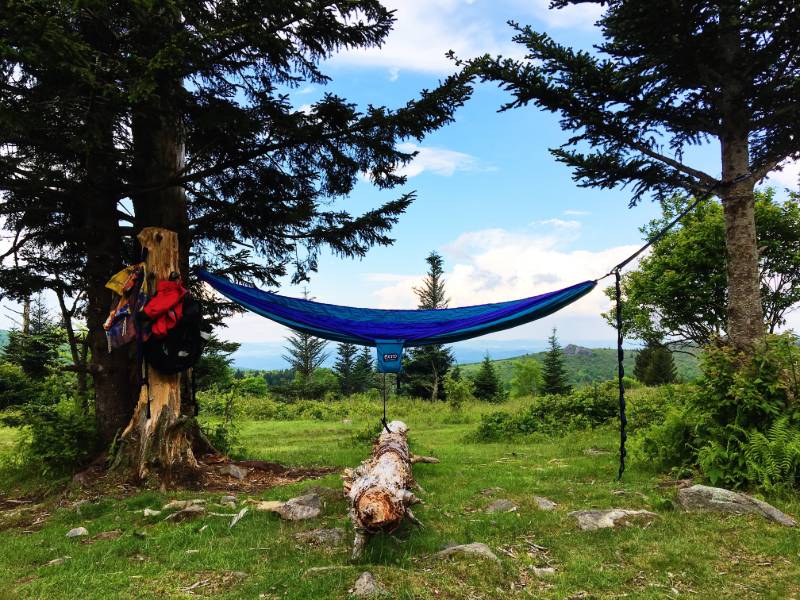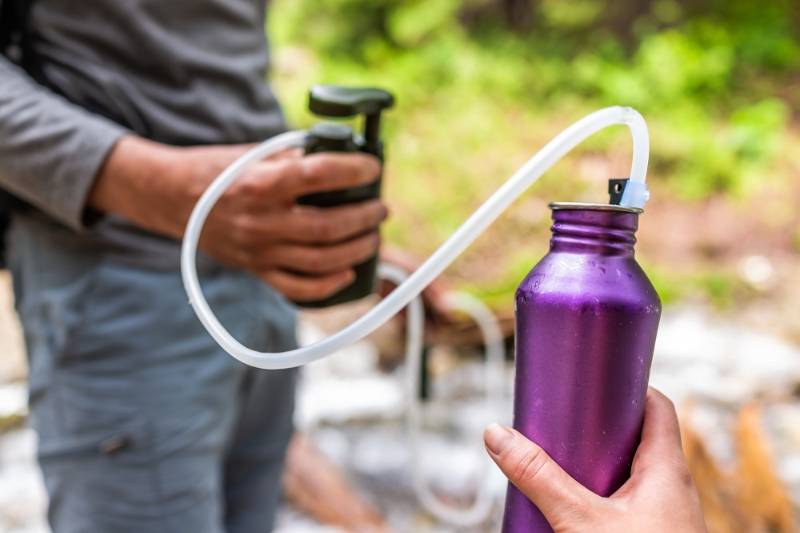Gear
Thru Hike Gear List For The Appalachian Trail
Published
4 years agoon
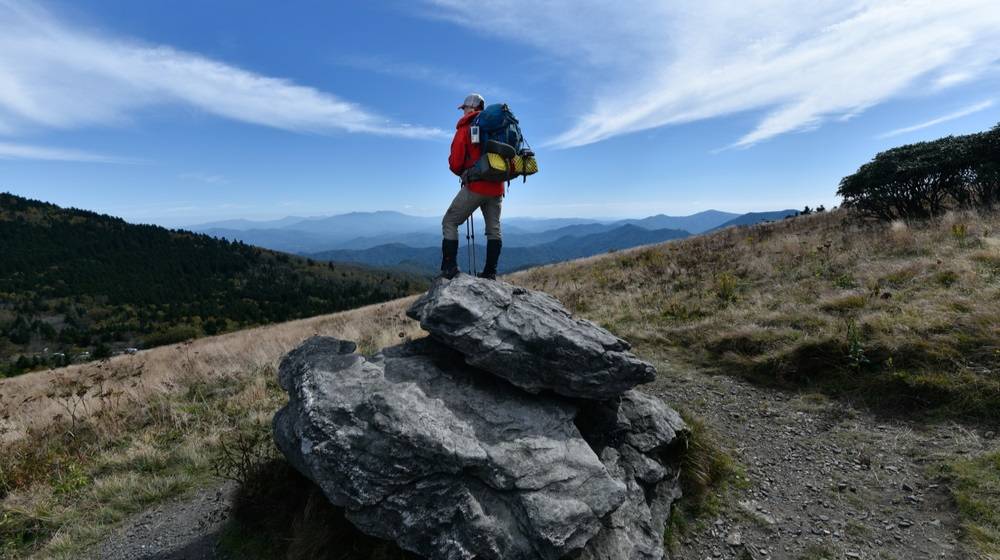
The Appalachian Trail offers one of the most magnificent views of America, but you have to prepare not only yourself but your trail gear as well. You have to remember that like other thru-hikes, this trail also poses some risks, and you have to be ready for anything that might happen along the way.
Here’s an Appalachian Trail gear list to make your journey on foot safe, comfortable, and successful.
RELATED: What To Pack For The Machu Picchu Hike | Outdoor Warrior
What to Pack for an Appalachian Trail Thru-Hike | 9 Trail Gear Items
1. Shelter
The Appalachian Trail provides shelters around every 10 miles. However, don’t rely solely on these wooden structures since they are assigned on a first-come-first-serve basis.
Most thru-hikers carry a tent with them. Some bring a hammock instead. The ground is rough so you might find it difficult to look for a perfect spot to pitch your tent. Depending on your personal preference, your shelter’s durability and weight should be on top of your mind.
Your tent or hammock will serve as your home away from home. You’ll sleep on it every night during your thru-hike, so make sure that it’s lightweight, heavy-duty, and quick-to-set-up.
2. Apparel
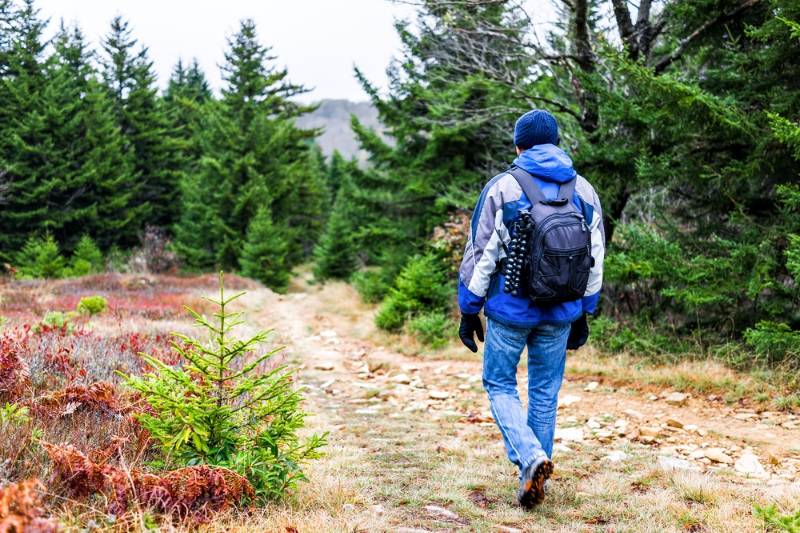
Don’t overdo your garments. Just pack pieces of clothing and accessories that are necessary and suitable for any type of condition that you’ll probably experience along the trail.
Note that you should never pack any material that’s made of cotton. It absorbs moisture, insulates poorly, and retains odor. Use durable wool or synthetic fabrics instead.
Protect yourself against hypothermia, and bring these items with you:
- Jacket: Expect extreme shifts in temperature on the trail. Carry a jacket that’s puffy but lightweight at the same time and dries quickly.
- Raingear: A quality rain jacket and pants are worth your investment. These are recommended to be worn especially in cold areas of the trail.
- Undergarments: Since you’ll be thru-hiking for months, wear undergarments with smooth seams and antimicrobial treatment.
- Gloves: Keeping your hands warm in cold and wet sections of the trail will help you feel more comfortable.
3. Footwear
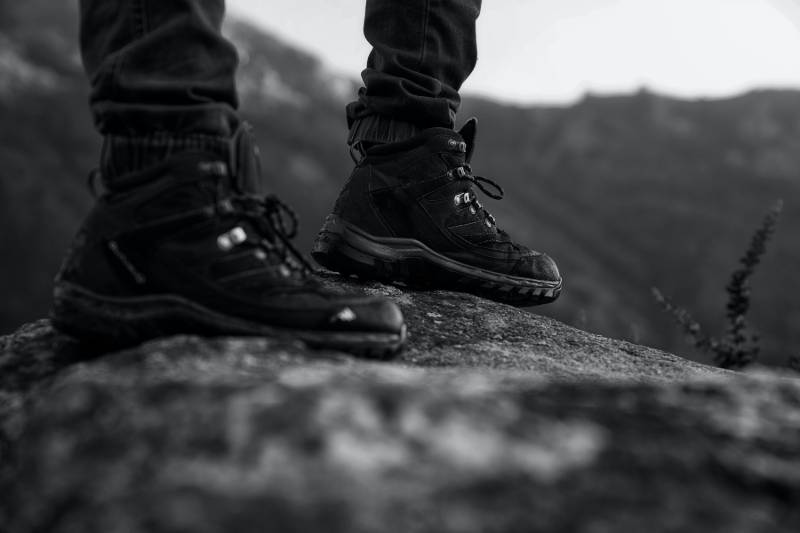
Probably one of the most important trail gear items, your shoes must fit perfectly to prevent blisters. Although it’s been a practice for hikers to wear leather boots, more people are shifting to trail runners recently.
You can wear both mesh trail runners and boots depending on your preference, needs, and the terrain. Trail runners dry quickly while boots provide more stability. Additionally, since you’ll be walking thousands of miles, you’ll need pairs of quality wool hiking socks to protect your feet.
4. Sleeping Bag and Pad
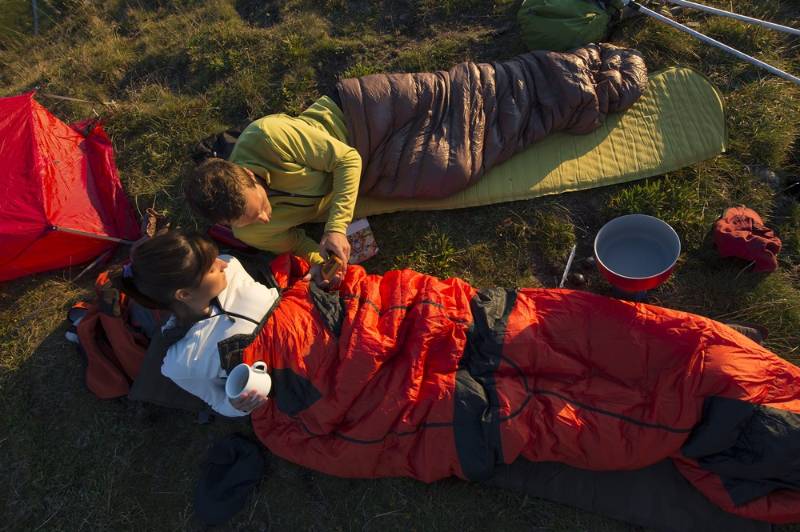
For you to be able to sleep despite the freezing temperatures, bring a sleeping bag made of quality insulation material. It should be rated below the lowest expected temperature. Be sure that it’s lightweight, waterproof, and compressible.
Since the temperatures on the trail vary from chilly to warm, consider a sleeping bag that can switch to a liner for humid nights. If you’re sleeping on a hammock, you can use a quilt.
Add a sleeping pad to provide extra insulation and cushion against the rocky surface. You can opt to use a foam or inflatable pad. Remember that a good night’s sleep is a great contributor to your energy the following day, so don’t forget to bring these sleeping items with you.
5. Emergency and Personal Hygiene Kits
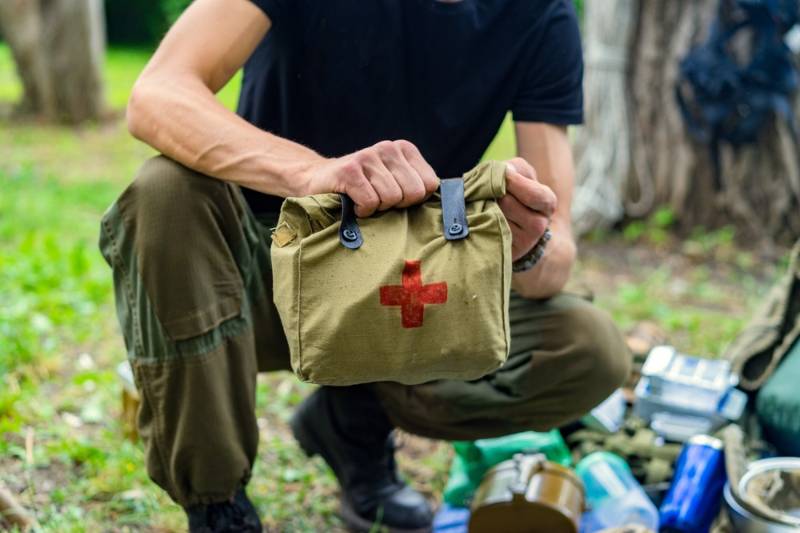
First aid and hygiene kits are essential parts of your trail gear. However, avoid overpacking them. They must be simple and should include only necessary items such as sunscreen, toothbrush, toothpaste, toilet paper, gauze pads, and soap.
Carry also a whistle to help you send a signal in case of an emergency. You might also have to repair your trail gear, so pack duct tape, needle, and thread.
Additionally, bring over-the-counter medicines to treat fever, allergies, stomachache, and headache. You’ll most likely encounter bugs that might bite you on the trail, so include insect repellent and band-aids in your kit.
RELATED: Hiking Trails In Maryland You Didn’t Know Existed
6. Water Purifier
You might hear from another thru-hiker that you don’t need to filter the water from the Appalachian Trail. Despite this, you must not be complacent. Don’t take the risk of drinking from streams or lakes that are untreated.
TIME SENSITIVE INFORMATION: EX-CIA Agent Takes You Through The Intensive Sharp Shooter Training He Learned In The CIA Academy. In Just 30 Days Learn To Be A Sharp Shooter Like Every Agent Leaving The Academy.
Purify your water to avoid getting germs and waterborne illnesses. Your water filter must be handy and easy-to-use.
Additionally, potable water might be a bit short in supply in some sections of the trail. Bring a water bottle to keep you fit and hydrated at all times.
7. Cookware
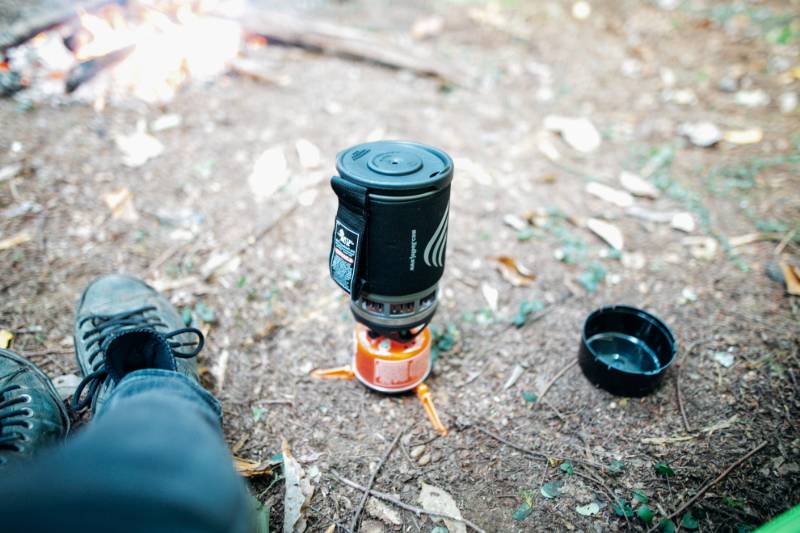
It’ll take you roughly five to seven months to complete the Appalachian Trail, and obviously, you’ll need to eat. You’ll also want freshly cooked meals and hot coffee in the morning to refuel your body. Bring the following items so you can easily prepare your food:
- Stove: You can choose among canister, alcohol, or an integrated stove system. Ensure that it’s lightweight, fuel-efficient, and can boil your food and drinks in no time.
- Knife or multi-tool: Essentially, you’ll be needing a sharp object to cut through your meats and open your canned food. Bring a tool that’s versatile and can do almost everything but saves space at the same time.
8. Light

A waterproof headlamp or flashlight is an essential part of your trail gear list. You don’t want to get lost in the woods especially when it’s dark. Additionally, you’ll need light for your bathroom breaks at night and when you need to search for something inside your backpack.
Choose a light that’s lightweight and has a long battery life. Consider its brightness as well.
9. Backpack
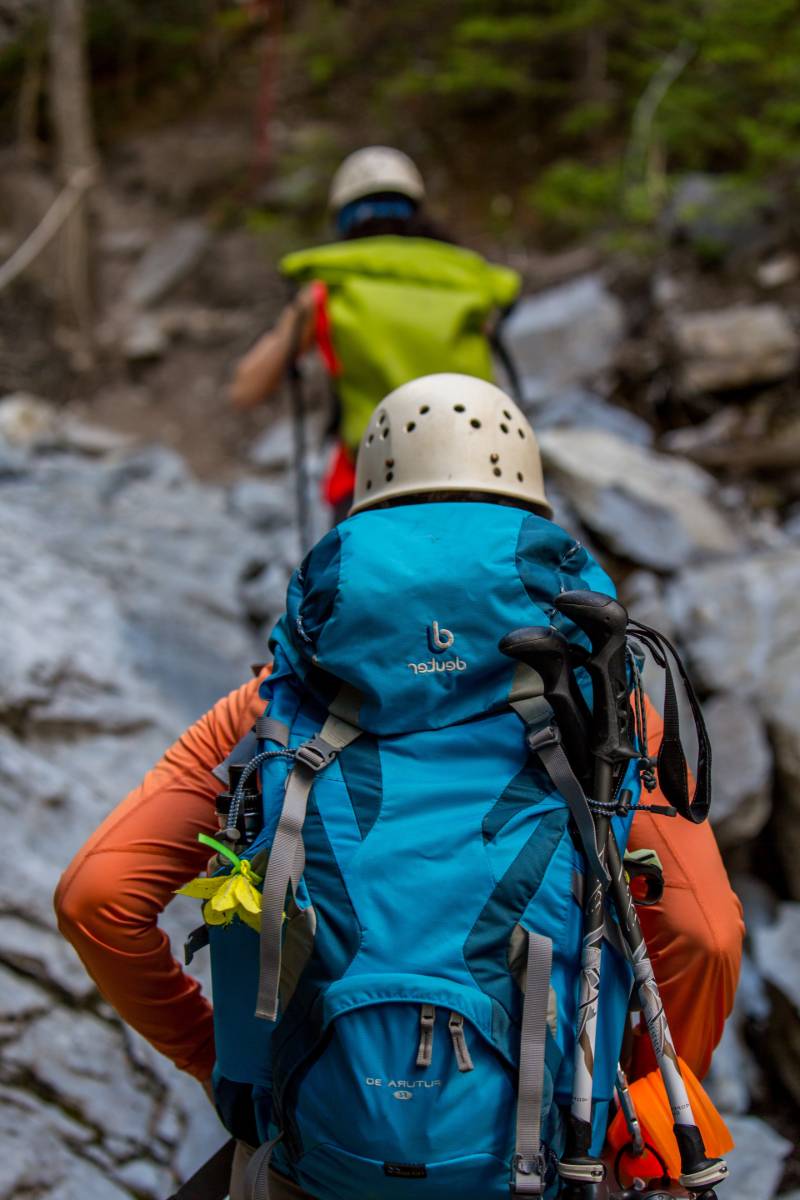
While you should consider the weight distribution, durability, and volume, the fit of your backpack must be your top priority. When looking for a pack, be sure that it doesn’t rub your hips and torso. You don’t want to get scars, abrasion, and feel any discomfort while hiking.
Consider packs with belts and straps for added support and to avoid shoulder and back pains. There are also bags with pockets to help you organize your other trail gear. After you have gathered and tested out all your thru-hike gear, everything must fit in your backpack.
Keep in mind that your Appalachian Trail gear can either make or break your entire trip. Additionally, there are things you should avoid to make your thru-hike go smoothly. Watch this video by Homemade Wanderlust to be sure that all your preparation and efforts won’t go to waste:
Turn your Appalachian Trail thru-hike planning into reality, and make it an expedition of a lifetime. Ease the pain and avoid exhaustion of going through rugged, rocky, and steep paths by bringing these trail gear items with you on your journey.
Do you have other trail gear in mind that you’d like to pack for your Appalachian Trail thru-hike? Share them with us in the comments section below!
Up Next:
- Hiking In Sedona? Check Out The Fay Canyon Trail
- The Best Hiking Trails In Utah For Everyone
- 10 Summer Activities For Kids And The Entire Family
Don’t forget to stay connected with us on Facebook, Twitter, and Instagram!
You may like

How To Build A Debris Hut

Ironman Triathlon Podcast: What You Need To Know As An Aspiring Ironman

Awesome Family Camping Tips For Beginners

Hiking Safety Tips: What To Do When You Have Knee Pain On Trail? [PODCAST]

How To Craft Sharp Stone Tools To Survive The Great Outdoors

Mountain Bikers, Why You Don’t Want to Ride Like a Pro!

Hiking Boot Accessories
The Handgun Safety Test For Beginners
These Hunting Shotguns Are The Best Bang For Your Buck
11 Types of Guns That Will Keep You Alive On Doomsday
Best ATV Tires – The Top 6 Lightest Mud Tires
Arizona Hunting Laws and Regulations

The Top 5 Hunting Guns You’ll Ever Need For A Wilderness Walk-out

Hunting And Conservation Discussion | Call Of The Outdoors Podcast [LISTEN]
The Handgun Safety Test For Beginners
These Hunting Shotguns Are The Best Bang For Your Buck
11 Types of Guns That Will Keep You Alive On Doomsday
Best ATV Tires – The Top 6 Lightest Mud Tires
Arizona Hunting Laws and Regulations

The Top 5 Hunting Guns You’ll Ever Need For A Wilderness Walk-out


